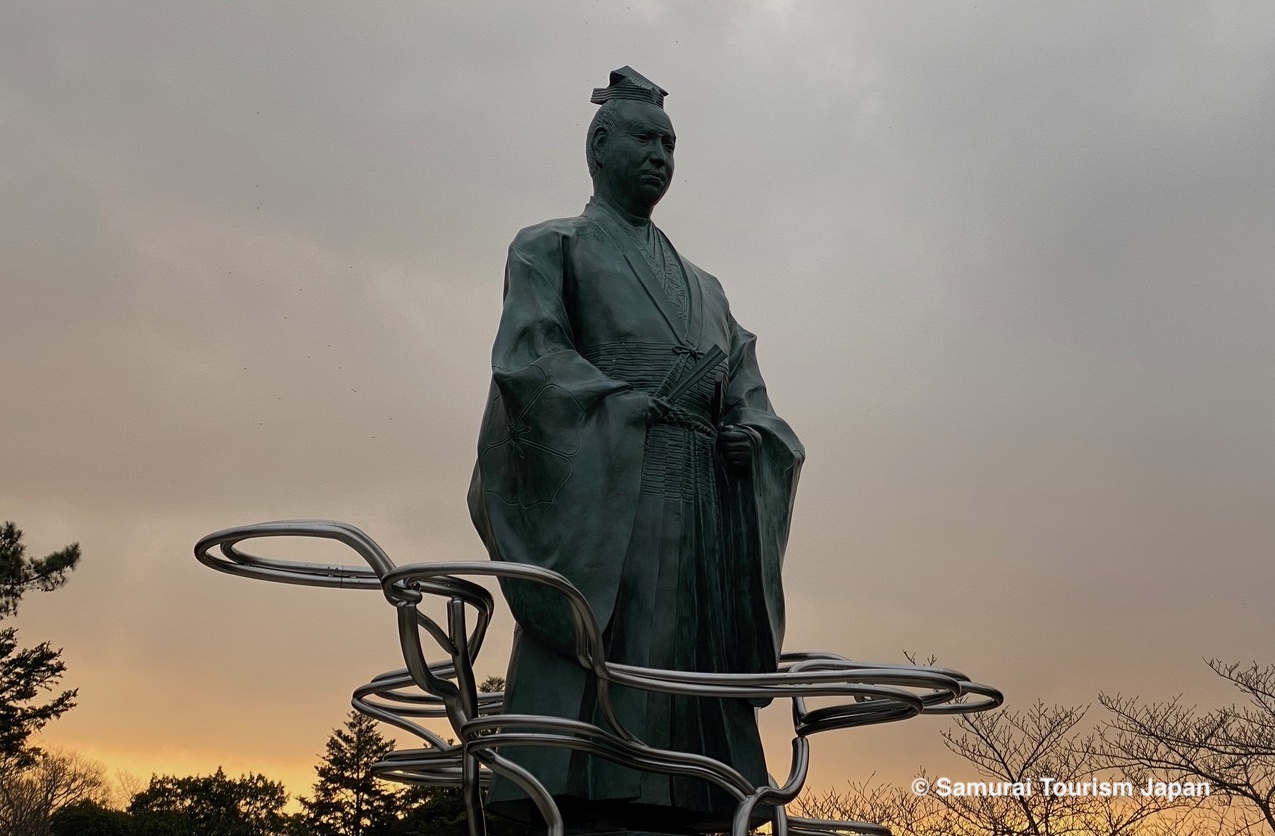Stories
Akechi Mitsuhide : The Samurai Who Betrayed Oda Nobunaga

The Samurai Who Betrayed Oda Nobunaga
Akechi Mitsuhide was a prominent Sengoku period samurai general, best known for his betrayal and killing of his liege lord Oda Nobunaga in the Honno-ji Incident of 1582. Nobunaga’s death was a significant turning point in Japanese history.
Rise to Prominence
Little is known about Akechi Mitsuhide’s early life. He was born around 1528 in either Kani, Ena, or Yamagata in Mino Province, present-day Gifu Prefecture. His family were vassals to the ruling Saito clan of Mino. After serving the Saito clan he eventually became a retainer of the last Muromachi Shogun, Ashikaga Yoshiaki. When Yoshiaki sought Oda Nobunaga’s assistance to regain power in Kyoto, Mitsuhide entered Nobunaga’s service. His intelligence, literary talent, and military skills quickly earned him Nobunaga’s trust, leading to significant responsibilities and titles. Beyond his military and political career, Mitsuhide was recognized for his cultural and intellectual contributions. He was a patron of the arts and literature, and understood the ways of the Shoguns’ court, reflecting the sophisticated cultural milieu of the Sengoku samurai.
Service Under Oda Nobunaga
Nobunaga, known for his ruthless and innovative military strategies, valued capable and loyal vassals. Mitsuhide proved himself in numerous campaigns, Mitsuhide’s contributions in subsequent battles and his governance over key territories such as Sakamoto in Omi Province bolstered his standing. He was Nobunaga’s most trusted of generals, and the one he would confer with prior to going into action.
Despite his successes, Mitsuhide’s relationship with Nobunaga is reported to habve been complex. Nobunaga was a demanding and often harsh leader, known for his brutal treatment of subordinates who displeased him. Mitsuhide apparently endured several public humiliations and harsh reprimands, which may have sowed seeds of resentment. Additionally, Nobunaga’s policies, which included the confiscation of land and the oppression of Buddhist sects, sometimes conflicted with Mitsuhide’s supposedly more moderate and traditional views.
The Honno-ji Incident
The defining moment of Mitsuhide’s life came on June 21, 1582. Dispatched by Nobunaga to assist Hideyoshi at Takamatsu in Okayama Prefecture, Akechi Mitsuhide instead sent his forces towards Kyoto. Oda Nobunaga was safely at the heart of his empire, lodging in Kyoto’s Honno-ji Temple with just 70 guards and assistants when Mitsuhide launched a surprise attack, sending 13,000 troops against him. Caught off guard and vastly outnumbered, Nobunaga chose to commit seppuku (ritual suicide) rather than be captured.
Mitsuhide’s motivations for this sudden betrayal remain a topic of speculation and debate. These motivations however were likely multifaceted, combining possible personal grievances and political ambition, or possibly a genuine belief that he was acting for the greater good. This nuanced view challenges the simplistic portrayal of him as a mere traitor and assassin. Your specialist samurai history guide will logically explain the various theories during your tour, again, making it a thought provoking and informative experience.
Downfall
Akechi Mitsuhide’s victory was short-lived. Following Nobunaga’s death, he attempted to rally support and legitimize his rule. However, he faced immediate opposition from Nobunaga’s loyal generals, most notably Toyotomi Hideyoshi. Hideyoshi, in the middle of a campaign against the Shimizu clan by laying siege to Takamatsu Castle, quickly made peace with the Shimizu and marched his 30,000 troops over 200km to Kyoto to confront Mitsuhide, all within a week. An amazing feat of logistics!
The two armies clashed at the Battle of Yamazaki on July 2, 1582, just eleven days after the attack on the Honnō-ji. Mitsuhide’s forces were decisively defeated, and he fled the battlefield. According to historical accounts, Mitsuhide was killed shortly thereafter by peasants with bamboo staves, although some legends suggest he lived on under an assumed identity.
Mitsuhide’s ultimately unsuccessful rebellion underscores the volatile nature of the Sengoku period, where loyalties and power were constantly contested. The Honno-ji Incident in which Nobunaga was killed had far-reaching consequences. It led to the rapid rise of Toyotomi Hideyoshi, who usurped Oda power and lands yet completed the unification of Japan and in turn laid the foundations for the Tokugawa Shogunate. As such, Akechi Mitsuhide’s actions indirectly shaped the course of Japanese history.
Akechi Mitsuhide remains a controversial and enigmatic figure in samurai history. His betrayal of Nobunaga is often viewed as the ultimate act of treachery, and he is often labeled a traitor. However, modern historians and scholars have begun to reevaluate his legacy, considering the broader context of his actions and the complexities of his character. Mitsuhide’s story invites a deeper exploration of the themes of loyalty, ambition, and the intricate dynamics of power in feudal Japan. His actions and their aftermath continue to captivate and inspire, highlighting the enduring intrigue of the samurai era.
Akechi Mitushide’s Selected Battles
1556 Battle of Nagaragawa
1570 Battle of Kanegasaki / Battle of Anegawa
1571 Siege of Mt. Hiei
1573 Battle of Ichijodani / Battle of Odani
1575 Battle of Nagashino
1576 Battle of Tenno-ji
1577 Battle of Tedorigawa
1582 Honno-ji Incident / Battle of Yamazaki
Akechi Mitsuhide Related Castles
Ena Akechi Castle
Kameyama Castle
Sakamoto Castle


